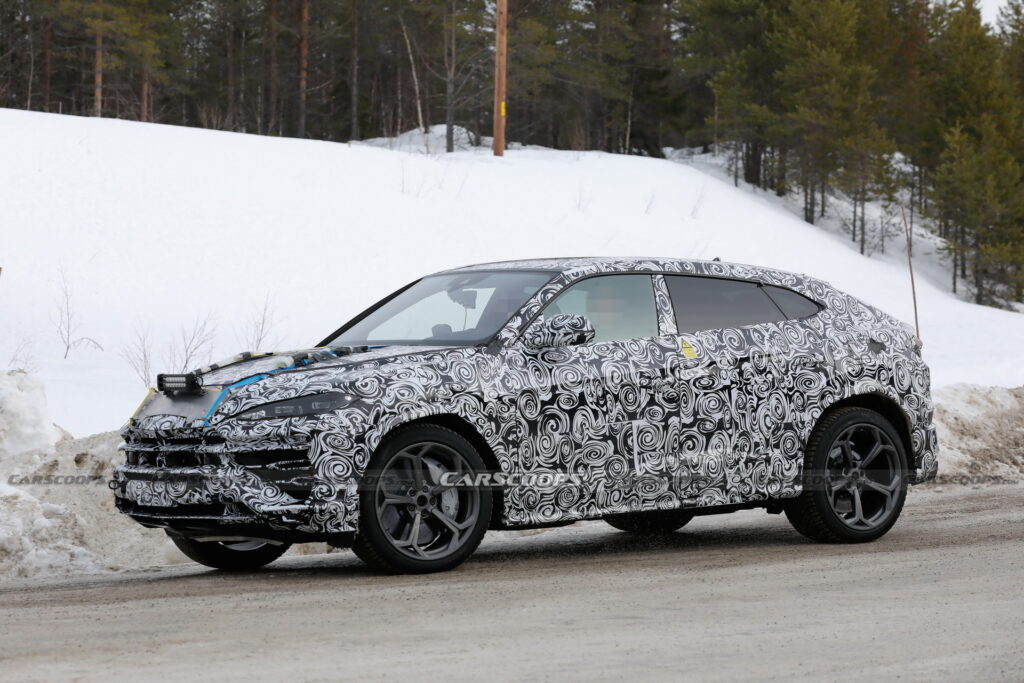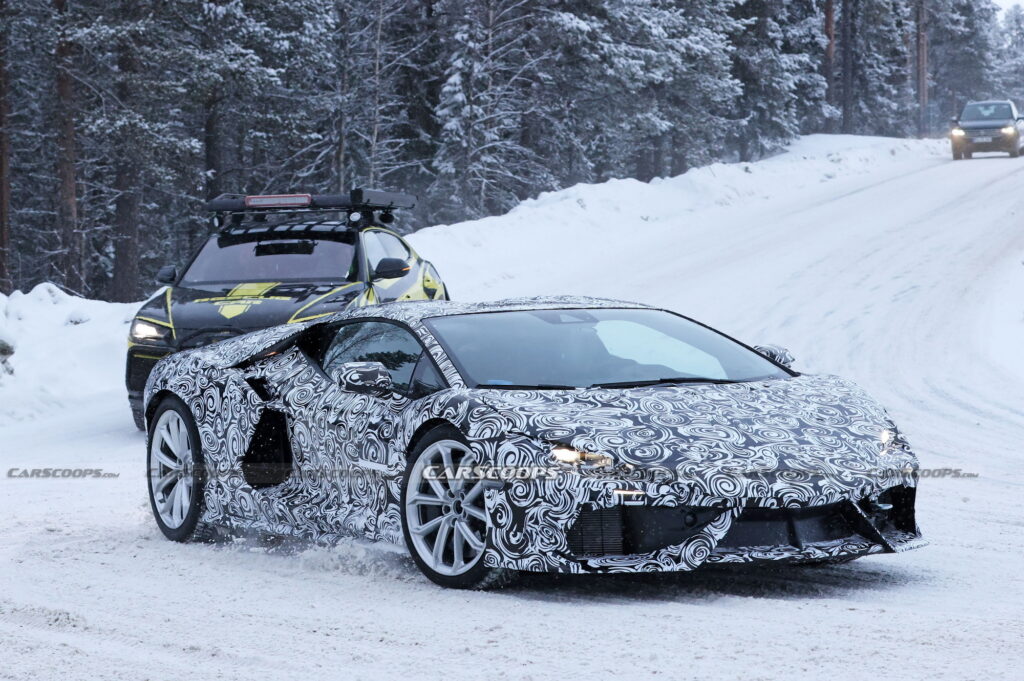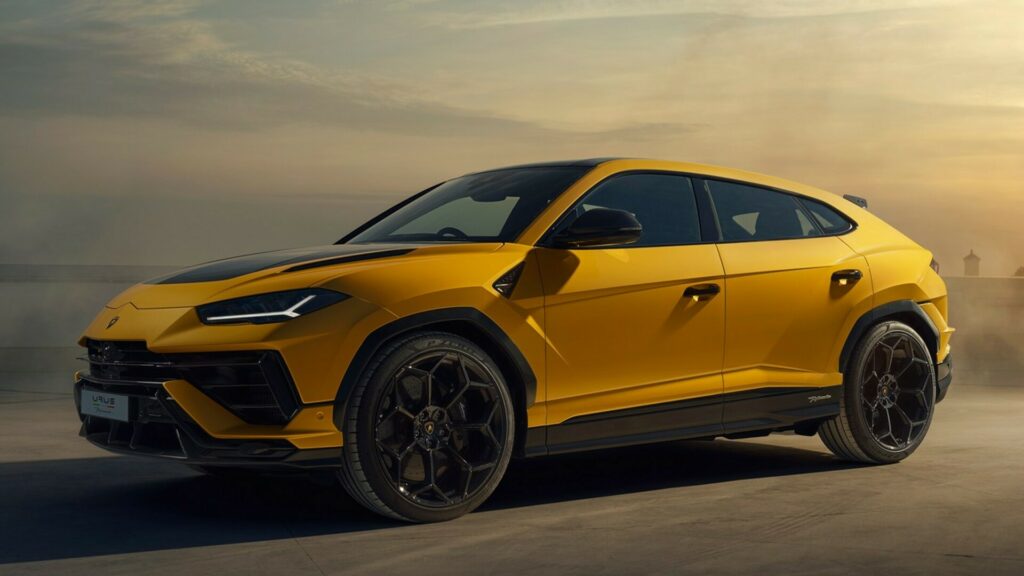The CEO of Lamborghini, Stephan Winkelmann has just clarified the future of the brand and its electrification plans even further. As the introduction of the automaker’s first electrified flagship supercar looms in the near future we’re learning more about it and the rest of the lineup. The most popular car it sells, the Urus, is going all-electric for 2029.
Lamborghini has laid out general plans for its transition to an electric future before but never in this detail. We knew that it was hoping to introduce its first hybrid this year and that’s going to happen later this month when it unveils the successor to the Aventador. It also wants to have an entirely electrified lineup by 2025.
Sometime in 2028, we’ll get the very first all-electric Lambo in the form of a 2+2 super grand tourer. Now, we know that the car that replaces the current Urus will be the second. Speaking to journalists, Winkelmann said that “In ’28 and ’29 we will have our first two BEVs… We will have a fourth model, so today we have three models. It will be the first one to be completely a BEV car in 2028. And then in 2029, there will be the new Urus.”
Read: New Lamborghini LB744 Flagship Makes 1,001 HP From V12 And Trio Of Electric Motors

First reported by Road & Track, the move means that the last two Lambos to go all-electric will be the brand’s two most performance-focused lines. While we await official word on the Aventador’s successor, Winkelmann did confirm that the Huracan’s replacement will indeed be a plug-in hybrid.
We’ve already documented that the automaker is testing the plug-in hybrid version of the current Urus. All of these moves will help Lamborghini achieve its goal of drastically cutting emissions. Winkelmann specifically said that the two battery-electric vehicles would help it cut emissions by some 80 percent compared to what it produces today.
We expect to learn more about how exactly Lamborghini will approach its new chapter of electrification later this month. For now, we know that the next flagship supercar in its arsenal packs up to 1,001 hp through the use of a naturally-aspirated V12 and three electric motors. That sounds like a future we can be excited about.





